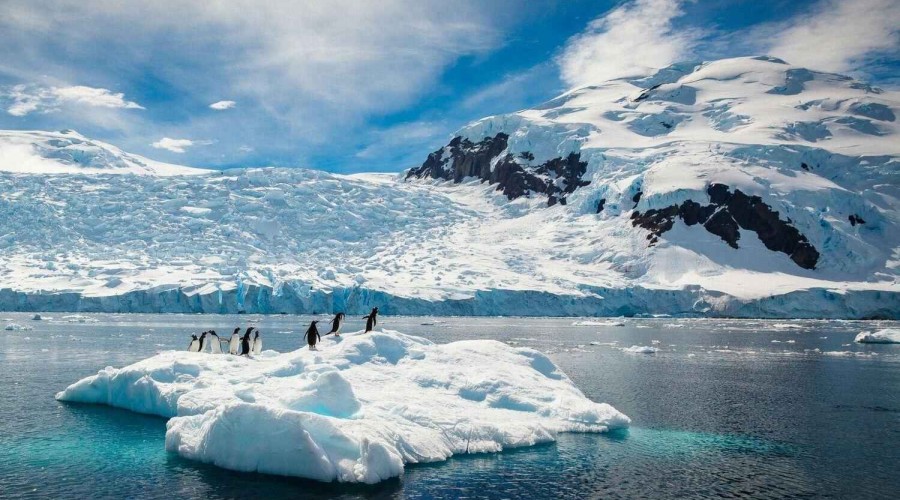Thinning Antarctic ice shelf finally crumbles after heatwave
Ice shelves, permanent floating sheets of ice attached to land

An East Antarctica ice shelf disintegrated this month following a period of extreme heat in the region, according to scientists.
Satellite images show the 1,200 square-kilometre Conger Ice Shelf collapsed completely on or around March 15, Qazet.az informs.
"Possible it hit its tipping point following the #Antarctic #AtmosphericRiver and heat wave too?" asked NASA Earth and Planetary Scientist Catherine Colello Walker on Twitter on Friday, sharing images of a white expanse crumbling into shards over the dark ocean.
Ice shelves, permanent floating sheets of ice attached to land, take thousands of years to form and act like levees holding back snow and ice that would otherwise flow into the ocean, causing seas to rise.
The March heat wave, with temperatures reaching 70 degrees Fahrenheit (40 degrees Celsius) above normal in parts of East Antarctica, was tied to the atmospheric river phenomenon, said Peter Neff, a glaciologist at the University of Minnesota.
This process creates columns hundreds of miles long that carry water vapour from the tropics, creating an effect Neff described as "a fire hose of moisture."
"The (Antarctic) climate is incredibly variable but this was off-scale," Neff said. "This was at least twice as extreme of a warming event as we would have expected."
Temperatures in the region normally sit around -60 degrees Fahrenheit (-51 degrees Celsius) at this time of year, but they were around 10 degrees (-12 Celsius) earlier this month.
